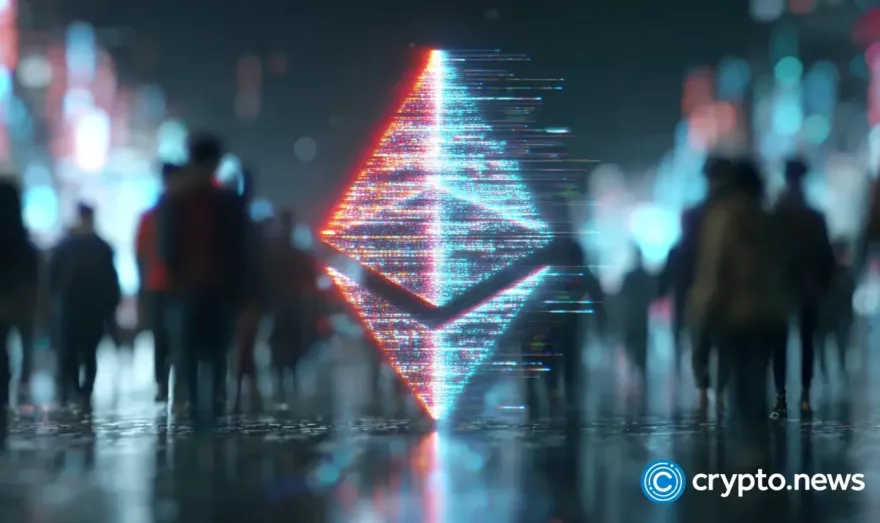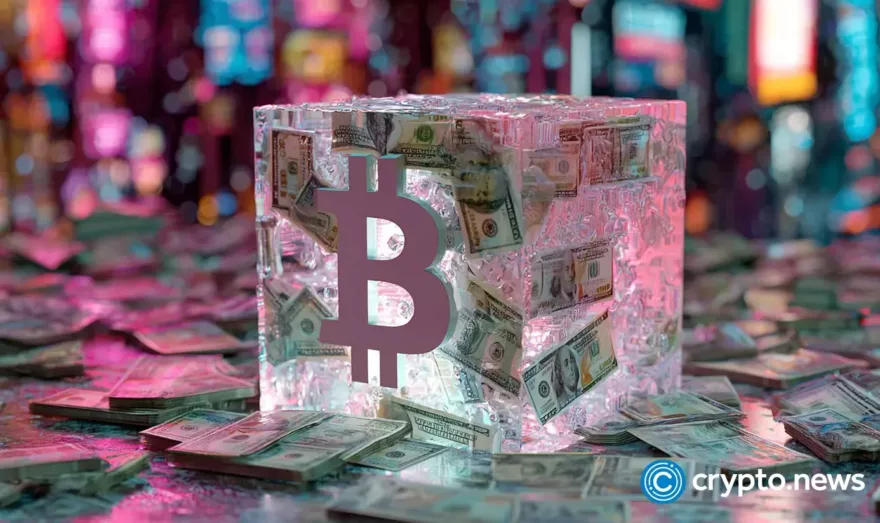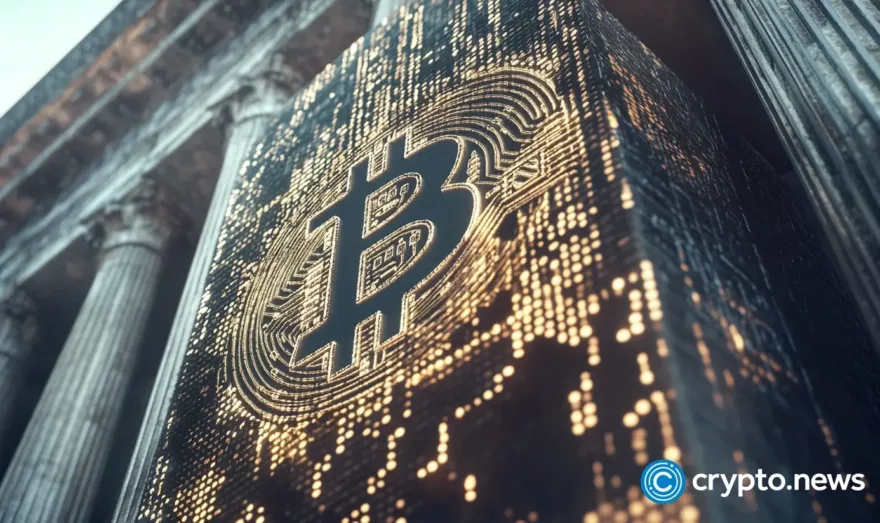What Is a SPAC & What Role Do They Play in Crypto?

SPACs, also known as “blank-check” companies, have been one of the biggest trends in public markets in recent years. They have become a popular vehicle for taking cryptocurrency companies public. If you’re unfamiliar with SPACs, read on to learn more about what they are, how they work, and how they differ from an IPO.
Table of Contents
What Is a Special Purpose Acquisition Company (SPAC)?
A SPAC, which is short for Special Purpose Acquisition Company, is a corporation formed for the purpose of raising money to buy or merge with an existing private company and take them public.
The main use of a SPAC is to raise capital from the public through an Initial Public Offering and then use the cash to buy an existing private company looking to go public.
Though SPACs have existed in financial markets for a long time, 2021 was explosive until it cooled off later in the same year. In 2021 only, we saw 679 SPAC IPOs across the world, worth a combined value of US$172.2 billion.
Unlike companies like Meta and Telsa that go public with a defined business, SPACs go public without any commercial operations. The company is there simply to raise capital and use it to acquire a promising, existing private company looking to go public. SPAC shares are also often listed on leading securities exchanges. In the U.S., that includes the New York Stock Exchange (NYSE) and NASDAQ.
Due to investors’ appetite for higher risks in the last few years, SPACs have gained so much popularity, and a lot more private companies now see them as viable opportunities. Let’s take a deep dive into how they actually work.
How Does a SPAC Work?
SPACs are created to raise money from the public to buy another company.
Typically, an experienced investor/management team or a “sponsor” with experience in a specific industry forms a SPAC. They invest nominal capital, which translates into about 20% interest in the SPAC (this is known as Founder Shares). The rest of the 80% stake is offered as “units” to public shareholders in an Initial Public Offering (IPO) of the SPAC’s shares.
The structure of a SPAC IPO generally consists of common shares and a warrant. Units offered in the IPO often have a share of Class A common stock combined with a fraction of a warrant. A warrant gives the holder the right to purchase additional SPAC shares of common stock in the future at a specific price, generally at a premium to the price of the stock when the warrant was issued.
The founder shares and the publicly offered shares often have similar voting rights. Though in most cases, founder shares have the authority to elect directors to the SPAC. However, holders of warrants don’t have voting rights and can only exercise whole warrants.
The capital raised in a SPAC IPO is set in an interest-bearing trust account. The funds cannot be disbursed unless to complete an acquisition or refunded to investors. Oftentimes, SPACs may not already have an acquisition target when raising public funds but have about two years to conclude an acquisition or must dissolve and return the capital raised to investors.
Also, SPACs often pitch their offering to underwriters and institutional investors like a traditional IPO, before offering the public the shares. Prominent banks like Goldman Sachs have participated in a number of SPACs.
What’s the Difference Between a SPAC, IPO & Direct Listing?
Companies can choose whatever approach to go public. For example, some companies like Coinbase have used the direct listing path, while some others go through the traditional Initial Public Offering (IPO).
Let’s take a look at some of the key differences between SPAC, IPO & Direct Listing:
SPAC
- Companies go public through a merger or acquisition, which is different from both IPO and Direct Listing.
- Companies with smaller valuations can adopt it as it requires fewer fees and processing times compared to an IPO.
- It has less public and regulatory scrutiny compared to an IPO.
- The SPAC could fail to materialize as founders have limited time to find a target company.
IPO
- Companies issue and sell new shares to public investors.
- Companies go through a lot more rigorous scrutiny in an IPO process.
- A company can get major support from large institutional investors, which could bolster the success of its listing.
- There’s a post-IPO lock-up period, which ensures executives and employees cannot offload their stock to the market.
- There are often high fees associated with promoting and underwriting the IPO.
Direct Listing
- Companies sell existing shares to the public
- Direct listing involves little to no intermediaries and promotions, which means less cost than SPACs and IPOs.
- Companies that tend to have a large brand and market presence use this approach as they wouldn’t need to promote the offering as much.
Why Do Crypto Companies Like SPACs?
Crypto companies like SPACs for a number of reasons. Some of those reasons include:
- It’s one of the easiest ways for matured, private crypto companies to list on the major stock exchanges.
- SPACs reduce the regulatory scrutiny on crypto companies.
- SPACs are more flexible and less demanding than going public through an IPO.
- Crypto companies also loved them because they are generally quicker and cheaper. Companies can take up to two years to go public in an IPO.
Generally, SPAC investors are often high-risk investors, which are similar to cryptocurrency investors. SPACs have been a great way for crypto companies to attract investors who are more likely to understand their products and business model.
Examples of Crypto SPACs
There are a few companies that have gone public through SPACs in the last few years, some of them include:
- Diginex: It’s regarded as the first full cryptocurrency exchange operator to be listed on the Nasdaq. It did a merger with a special-purpose acquisition company (SPAC) called 8i in 2020 to go public.
- Bakkt: The crypto futures trading and custody platform for digital assets went public by merging with SPAC VPC Impact Acquisition Holdings. It began trading as a public company on the New York Stock Exchange in October 2021 with the ticker “BKKT.” It also valued Bakkt at over $2 billion.
- Bitfury’s Cipher Mining: The US-based company merged with Good Works Acquisition Corp., a SPAC. The combined company began trading in August 2021 on the Nasdaq stock exchange under the ticker symbol “CIFR.”
- Circle, the issuer of the USD Coin (USDC) stablecoin, has plans to go public at the end of 2022 through a SPAC with Concord Acquisition Corp.
Numerous other crypto companies should have gone public, but due to the bear stock markets in 2022, most of them have delayed going public. Some examples include crypto ATM company Bitcoin Depot and cryptocurrency miner Bitdeer.
FAQs
What Are SPACs in Crypto?
SPACs are specially formed companies with the aim of raising money to take crypto companies public.
What Happens if a SPAC Merger Fails?
When a SPAC fails to buy or merge with a company for a period of two years, it must dissolve and return funds to investors.
What Is a SPAC vs. IPO?
In a SPAC, a private company merges with a publicly traded shell company and gets listed on the stock exchange. While in an IPO, new shares are issued with the help of an investment bank and sold on the stock exchange.











